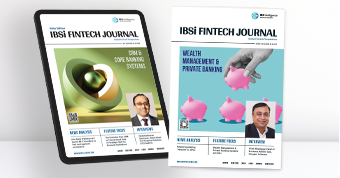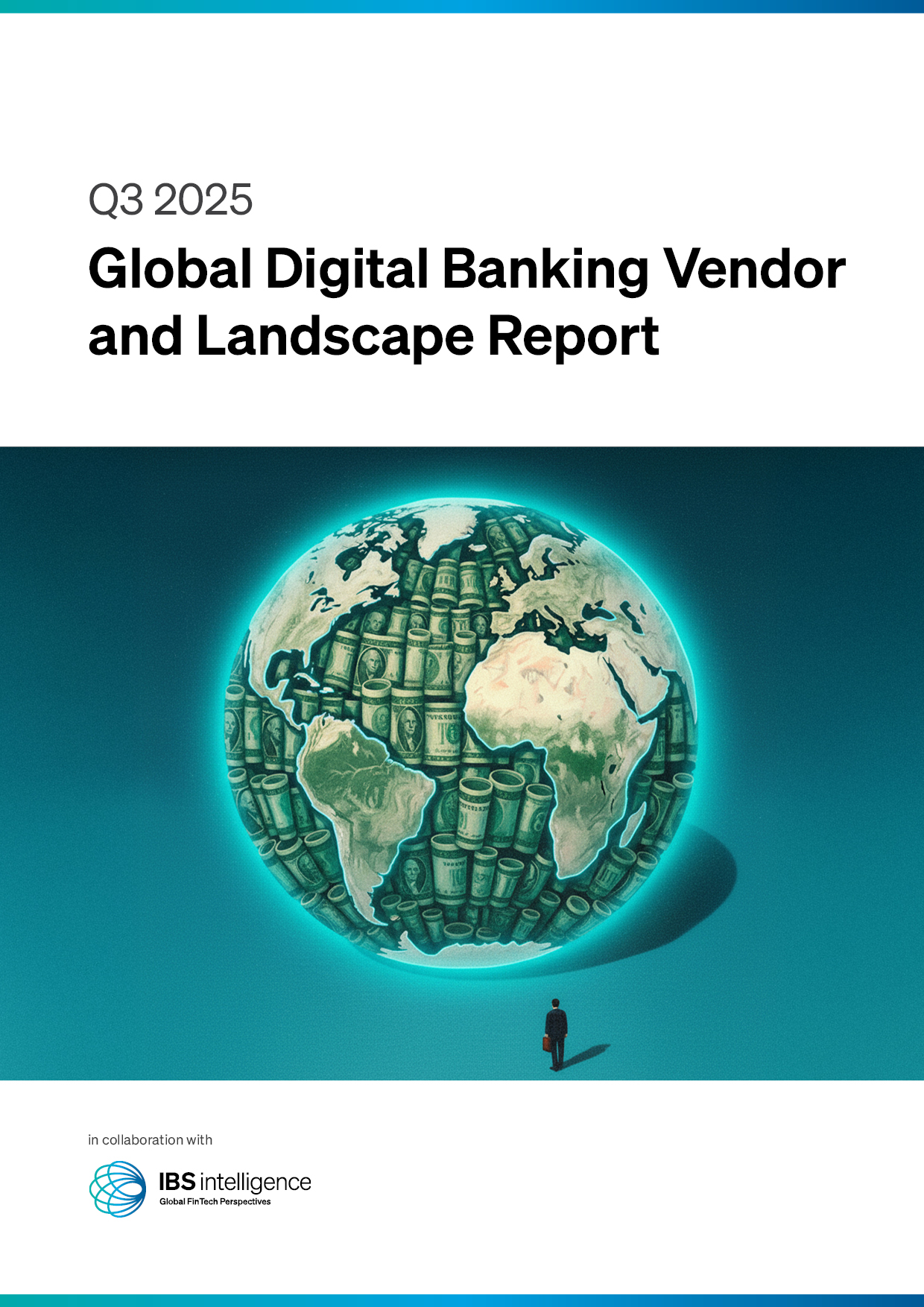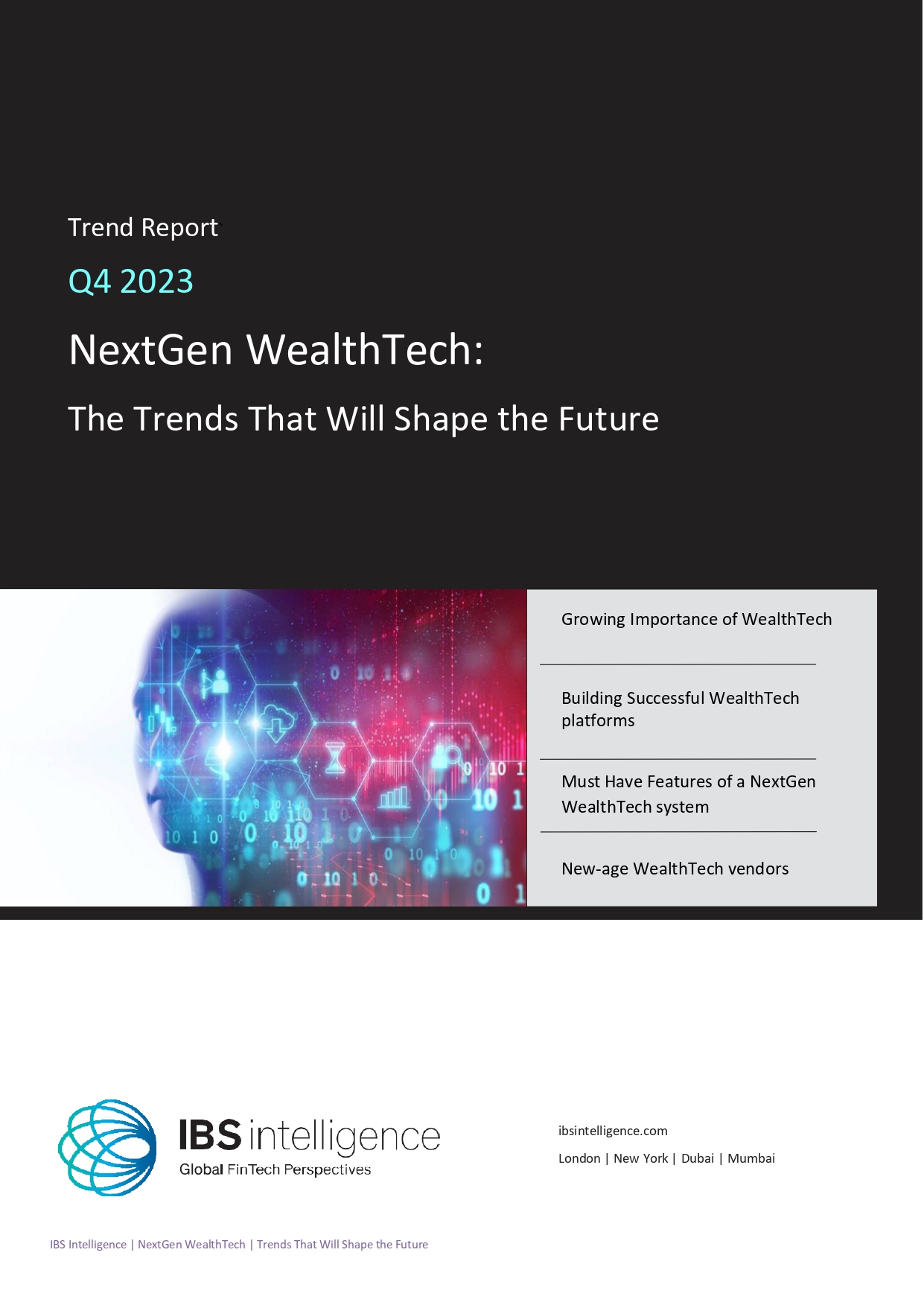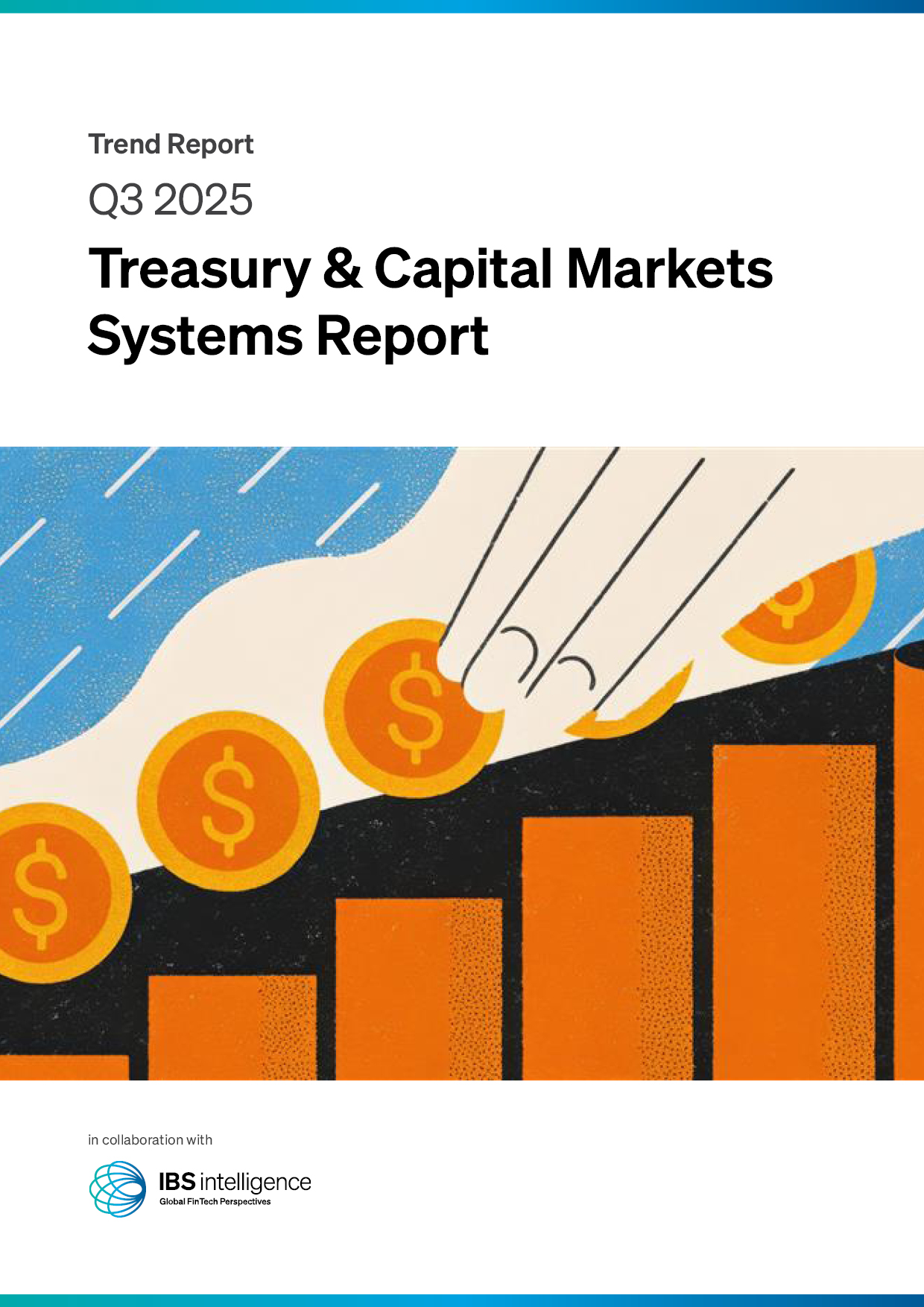 Back
Back
The consortium conundrum: debunking modern fraud prevention myths

By Husnain Bajwa, SVP of Product, Risk Solutions, SEON
As digital threats escalate, businesses are desperately seeking comprehensive solutions to counteract the growing complexity and sophistication of evolving fraud vectors. The latest industry trend – consortium data sharing – promises a revolutionary approach to fraud prevention.
It’s understandable how the consortium data model presents an appealing narrative of collective intelligence: by pooling fraud insights across multiple organisations, businesses hope to create an omniscient network capable of instantaneously detecting and preventing fraudulent activities.
However, the reality of data sharing is far more complex and fundamentally flawed. Overlooked hurdles reveal significant structural limitations that undermine the effectiveness of consortium strategies, preventing this approach from fulfilling its potential to safeguard against fraud. Here are several key misconceptions about how consortium approaches fail to deliver promised benefits.
Fallacy of Scale Without Quality
One of the most persistent myths in fraud prevention mirrors the trope of enhancing a low-resolution image to reveal more explicit details. There’s a pervasive belief that massive volumes of consortium data can reveal insights not present in any of the original signals. However, this represents a fundamental misunderstanding of information theory and data analysis.
To protect participant privacy, consortium approaches strip away critical information elements relevant to fraud detection. This includes precise identifiers, nuanced temporal sequences and essential contextual metadata. Through the loss of granular signal fidelity required to anonymise information to make data sharing viable, said processes skew data while eroding its quality and reliability. The result is a sanitised dataset that bears little resemblance to the rich, complex information needed for effective fraud prevention. Knowing where data comes from is imperative, and consortium data frequently lacks freshness and provenance.
Anonymisation’s Hidden Costs
Consortiums are compelled to aggressively anonymise data to sidestep the legal and ethical concerns of operating akin to de facto credit reporting agencies. This anonymisation process encompasses removing precise identifiers, truncating temporal sequences, coarsening behavioural patterns, eliminating cross-entity relationships and reducing contextual signals. Such extensive modifications limit the data’s utility for fraud detection by obscuring the details necessary for identifying and analysing nuanced fraudulent activities.
These anonymisation efforts, needed to preserve privacy, also mean that vital contextual information is lost, significantly hampering the ability to detect fraud trends over time and diluting the effectiveness of such data. This overall reduction in data utility illustrates the profound trade-offs required to balance privacy concerns with effective fraud detection.
The Realities of Fraud Detection Techniques
Modern fraud prevention hinges on well-established analytical techniques such as rule-based pattern matching, supervised classification, anomaly detection, network analysis and temporal sequence modelling. These methods underscore a critical principle in fraud detection: the signal quality far outweighs the data volume. High-quality, context-rich data enhances the effectiveness of these techniques, enabling more accurate and dynamic responses to potential fraud.
Despite the rapid advancements in machine learning (ML) and data science, the fundamental constraints of fraud detection remain unchanged. The effectiveness of advanced ML models is still heavily dependent on the quality of data, the intricacy of feature engineering, the interpretability of models and adherence to regulatory compliance and operational constraints. No degree of algorithmic sophistication can compensate for fundamental data limitations.
As a result, the future of effective fraud prevention lies not in the quantity of shared data but in the quality of proprietary, context-rich data with clear provenance and direct operational relevance. By building and maintaining high-quality datasets, organisations can create a more resilient and effective fraud prevention framework tailored to their specific operational needs and challenges.
IBSi News
Get the IBSi FinTech Journal India Edition
- Insightful Financial Technology News Analysis
- Leadership Interviews from the Indian FinTech Ecosystem
- Expert Perspectives from the Executive Team
- Snapshots of Industry Deals, Events & Insights
- An India FinTech Case Study
- Monthly issues of the iconic global IBSi FinTech Journal
- Attend a webinar hosted by the magazine once during your subscription period
₹200 ₹99*/month
* Discounted Offer for a Limited Period on a 12-month Subscription
IBSi FinTech Journal

- Most trusted FinTech journal since 1991
- Digital monthly issue
- 60+ pages of research, analysis, interviews, opinions, and rankings
- Global coverage
Other Related Blogs
November 28, 2025
Modernising core systems in financial services without a complete overhaul
Read MoreNovember 24, 2025






